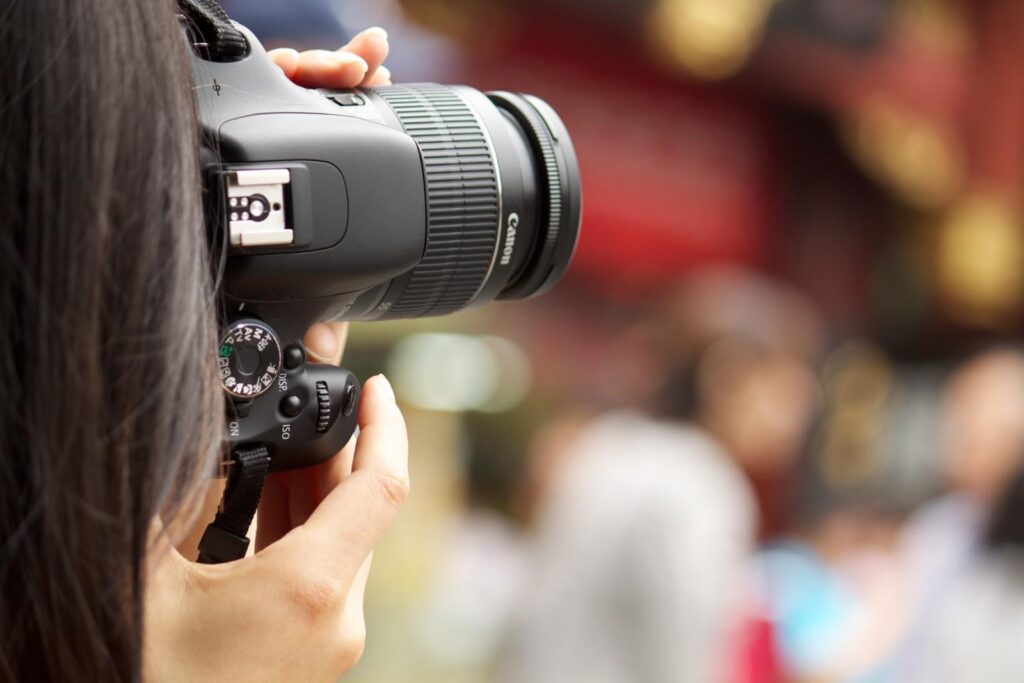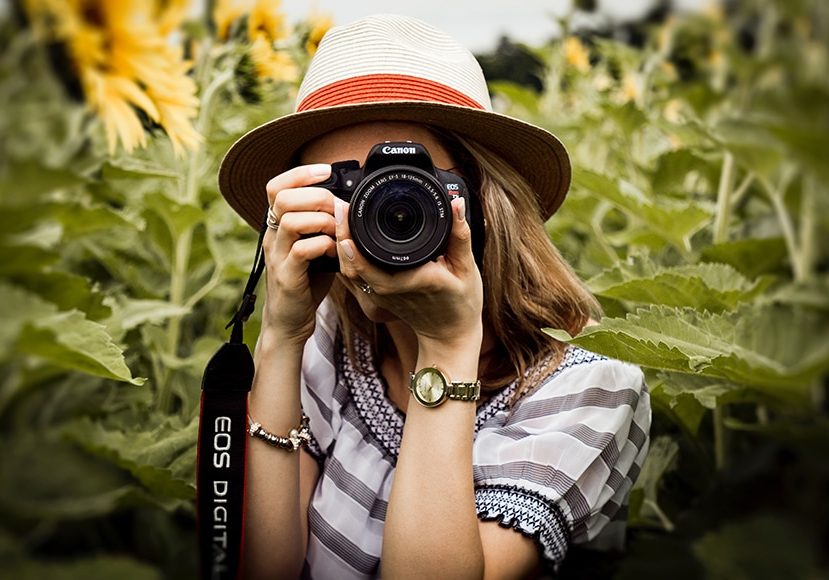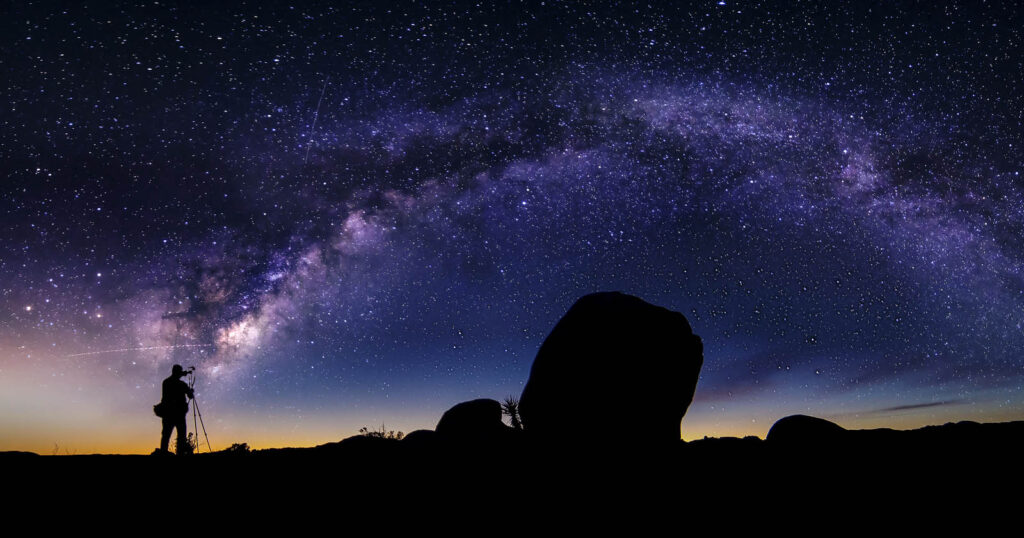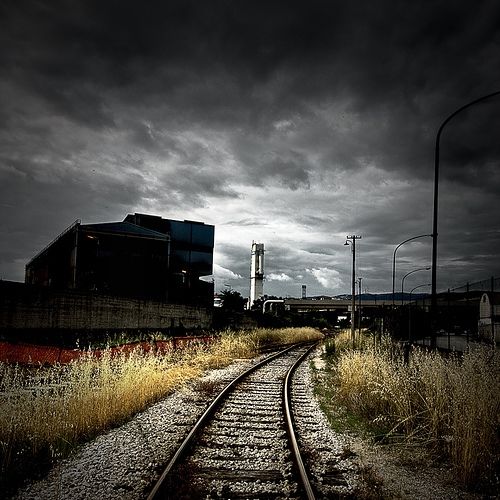Photography is becoming increasingly popular than ever in the modern era, where everyone has a camera on their smartphone. People record their meals, stunning landscapes, and everyday events. There is, however, an immense distinction between thoughtless photographs and perfecting the art of photography. This is when professional photography instruction comes into play. The benefits of organized photography lessons are endless, whether you’re a rookie enthusiast or an aspiring commercial photographer. The reason, as mentioned in Why Professional Photography Will Always Be Around with Yvette Heiser, is also why you should enroll in a photography institute if your end goal is to be a professional one day.

Foundation and Fundamentals Along with Hands-on Practice
One of the key advantages associated with organized photography lessons is that it supplies you with a solid groundwork in photography fundamentals. Essential concepts, including exposure, setup, lighting, and camera settings, will be taught. These fundamentals are necessary for anyone hoping to develop their photography skills further. You’ll be more capable of dealing with sophisticated techniques if you begin with a solid base of knowledge.
Hands-on practice is typical of structured photography education. You will get a chance to put into practice what you were taught in real-world situations. Whether you’re taking pictures in a studio, doing portraits, or analyzing with various styles like macro or outdoor photography, training is important. It’s an opportunity to make mistakes, gain insight from them, and enhance your abilities in the future.
Feedback and Critique
Constructive criticism is crucial for one’s growth. You are going to get comments and analyses from skilled instructors and fellow students in an organized photography learning environment. This constructive criticism could help you to identify parts where you excel and areas in which you need to improve. It’s a vital component of the process of learning that could prove difficult to find while self-learning.
Many photography schools and programs give the opportunity to use professional-grade tools and equipment that an average photographer might not have. This could be a game changer because it allows you to try out various camera lenses, lighting setups, and post-processing software. You can unleash your artistic abilities without being restricted by hardware.
A chance to meet other people
Photography workshops and courses are excellent places for connecting with people with similar interests. Making connections with fellow photographers, educators, and experts can open the door to new opportunities, cooperation, and motivation. You can benefit from the expertise of others while building a supportive network that can assist your career.
Mentorship choices are accessible in many formal photography courses. Having an advisor could provide you with specific direction, enabling you to accomplish your objectives faster and more accurately. It is a priceless chance to learn from someone who has had prior accolades in the industry.
Blogs like Yvette Heiser – Where Past Meets Present Through Photography in Urban Decay describe how you can find beauty even in ruins. With structured photography classes, you will get to learn how to position your camera and get the perfect shot.



